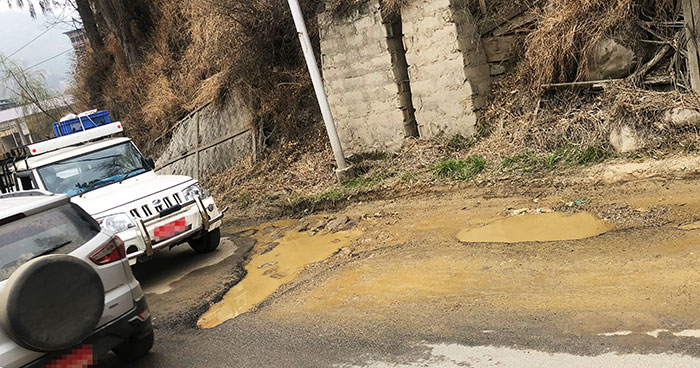Loten Zangmo
A car screeches to an abrupt halt. It is on the wrong side of a narrow road. The bus driver on the opposite side of the road, a few feet away makes it obvious. If the headlight flicked to signal is not enough, the serious “it’s my right of way” look says it all.
The side of the road, where the car should be, is bad. What could have developed as a pothole has eaten into the road developing a deep drop making it difficult for small cars. Drivers, even of bigger cars, try to avoid it by getting on the good side of the road. The car apologetically reverses to make way. There’s no space behind him as a line of cars crowd his tail. One honks to warn of the shortage of space. It takes a few minutes to manoeuvre out of the jam.
This is a scene every morning rush hour near the fuel station at Babesa. Known only to those who ply the stretch that links the road from the Olakha workshop to the expressway, the condition of the road had been in this state for more than a year. A Good Samaritan tried to repair it by filling it with soil, but the intention has gone awry. The water that flows alongside the road without proper drainage had made it sludgy.
The traffic jam, confusion and inconvenience for those rushing to work gets worse when heavy vehicles, many who take the route to join the old highway in Semtokha, are involved. Quite often, trailers and heavy earth moving machines join the melée, says a regular user. The road, if on the blind side of the authorities, has a sharp turn and is accident prone. It is busy but without traffic policemen to control the flow of vehicles.
At one end of the stretch is a building near completion belonging to the elected representative from Babesa. The tshogpa, Namgay Tshering, said the thromde wanted to repair the road and widen it in 2020 but because of a land dispute, the thromde could not do it.
Until the dispute is resolved, motorists will have to make do with rushing for the good side of the road and eye-balling each other when the rush gets to one’s nerves.


